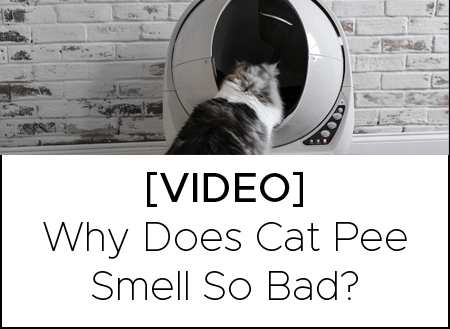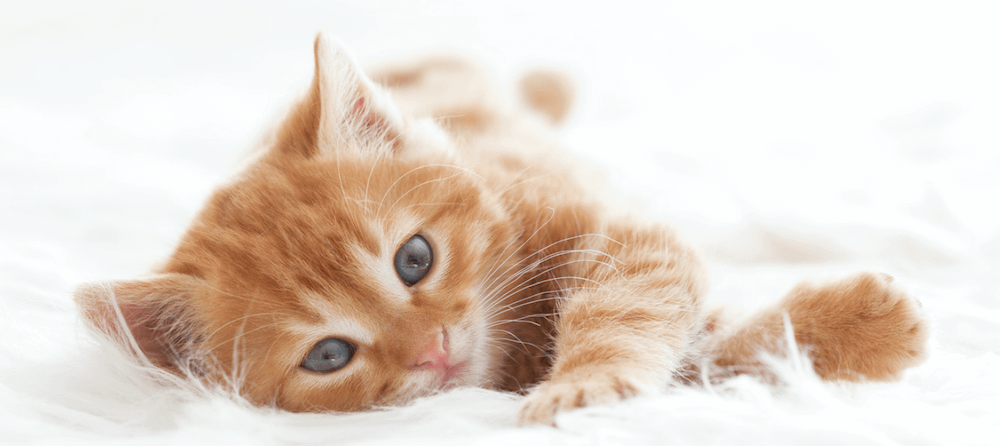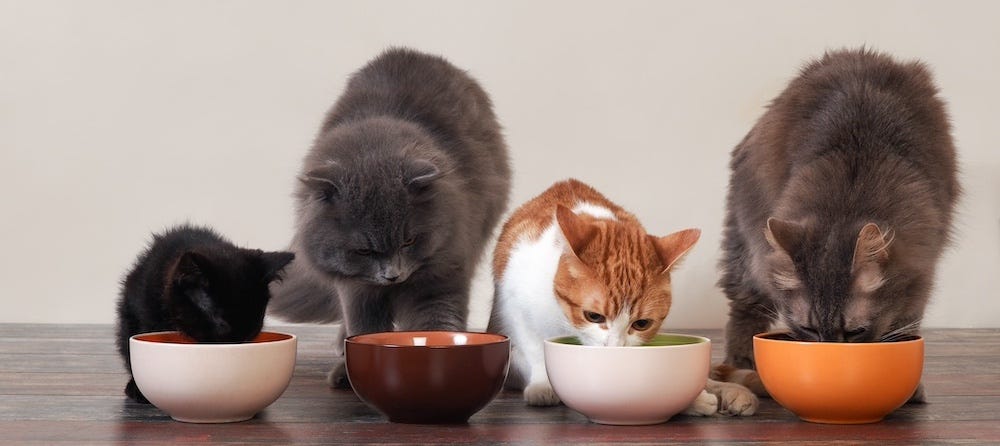The sound of hacking. The uncontrollable gagging. The unpleasant convulsing that consumes your cat. Most likely, you know what this leads to, and if you don't, it's time for your daily dose of cat facts.
Unfortunately, your cat is about to throw up a hairball. Grab some ear plugs and a mop.
Hairballs may be an unpleasant experience for both you and your cat, but they are a natural result of your cat's grooming habits. When your cat licks himself as a form of grooming, the barbs on his tongue catch the dead, loose hair that remains on the surface. Along with everything else that ends up in your cat's saliva, the loose hair is swallowed and begins its journey through your cat's digestive tract.
Some hairs, however, get caught in your cat's stomach. As these hairs accumulate, they form a hairball. The only way this cluster of fur can make its way out of your cat's stomach is through the same canal it entered.
Hairballs are impossible to completely prevent; your cat will never learn to quit grooming itself because it might get a hairball weeks later. Some breeds are more likely than others to get hairballs, such as cats with long hair or cats who groom themselves more frequently.
If a hairball grows without being released, it could cause serious discomfort and even life-threatening blockage in the stomach or intestines. This is why it's important to reduce the severity and frequency of hairballs your cat will have in his lifetime.
We have compiled a list of 8 ways to prevent hairballs in cats based on cat satisfaction and cat owner success.
1. Brush, Brush, Brush

The more you brush your cat and take care of the excess hair for your cat, the less hair will end up in your cat's stomach, potentially forming a hairball. Especially during peak shedding season (usually spring and summer), cats tend to groom themselves more. Through regular brushing (even better if you use a special grooming tool), you prevent the root cause of hairballs (pun intended), and go a long way to helping your cat out.
2. Prevention Products for Purging
There are hairball prevention products on the market that act as intestinal lubricants. You can think of them as laxatives; they make it easier for your cat's hair to gently move through its digestive tract and out of the body the natural way. The more easily the more cat hair can go out the right way, the less likely it will get trapped in your cats stomach. Ask your veterinarian for the best hairball prevention product for your cat.

3. Fiber = Fib-purrr
You're not the only one who needs more fiber in their diet. The addition of natural fiber to a cat's diet can help move excess hair swiftly through its intestines. Add canned pumpkin, for example, to your cat's meals a few times per week. Your cat's digestive system will benefit and your cat will love the delicious treat.
4. Hydration = H2 No More Hairballs
Give your cat more of nature's digestive lubricant: water! You probably have one bowl of water in the kitchen or wherever your cat eats. Place an extra bowl of water in the bathroom, laundry room, or whatever room your cat frequents. Cats also love moving water, so take a minute if your cat is around and turn on the faucet for a minute or two. Better hydration will flush out your cat's system, reducing hair buildup in the stomach.
5. Food with a Cure

Many cat food companies have taken strides to create hairball-reducing meal options for your cat. They are not only full of fiber to help pass hair along the digestive tract, but they also promote the growth of strong hair to minimize shedding and maintenance of a healthy coat. Sudden food changes may upset a cat's stomach, so check with your vet before making any drastic food swaps and always introduce foods slowly.
6. Distraction
Excessive grooming increases the likelihood of developing hairballs. Your cat may be cleaning himself too often due to boredom. If your cat lacks activities, play objects, entertaining views of the backyard, etc., he may turn inward to look for something to do. Consider what cat-tertainment you and your home provide for your cat. Interactive toys, cat trees, interesting views of the busy street or backyard, and making the time to play with your feline friend will distract an overzealous groomer for small chunks of time that he might otherwise spend grooming.
7. Ex-purr-cise

Keep your cat moving with interactive activities, games, and play. Get your cat to jump, leap, crawl and stalk, sprint, and run around! All of this movement will help maintain a healthy physique and encourage his digestive system to keep flowing. In addition, activity increases blood flow to the skin, encouraging healthy turnover of skin cells and hair, which will reduce the need for self-grooming.
8. Know the Cat Facts
Constant, recurring hairballs are not only difficult to manage, but they can lead to serious health problems. Be aware of what normal hairball behavior is and isn't. A lack of appetite, lethargy, constipation, and an enlarged abdomen are only a few of the frightening symptoms of a cat with a hairball complication. If you observe any of these warning signs, consult your veterinarian immediately.
Recommendations








